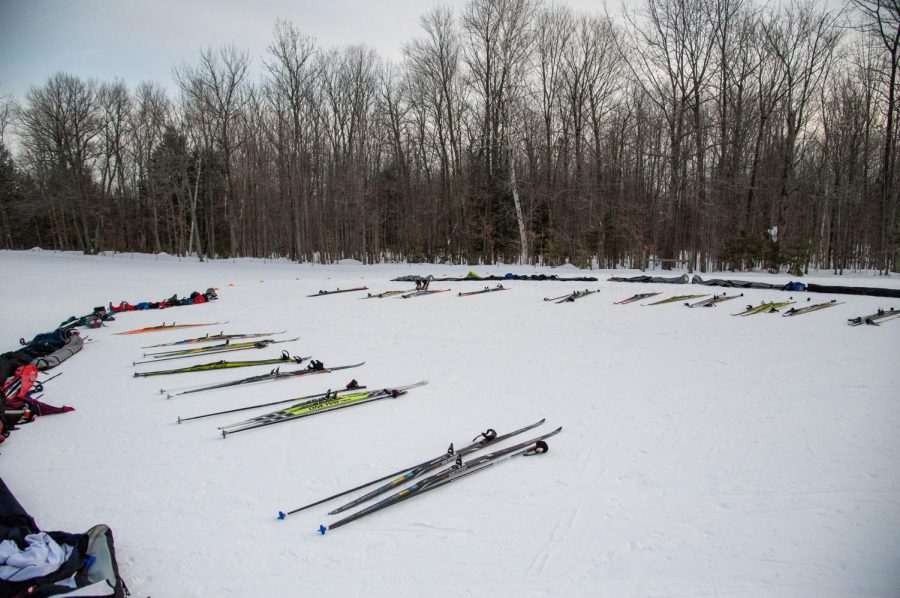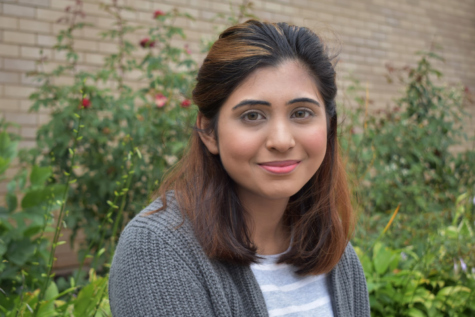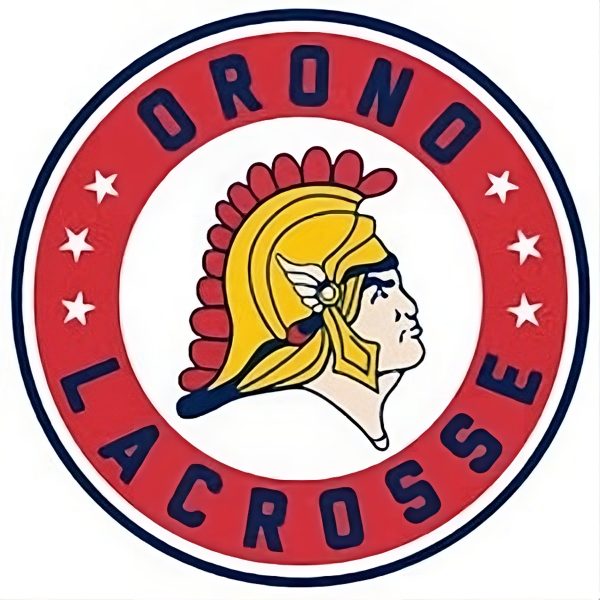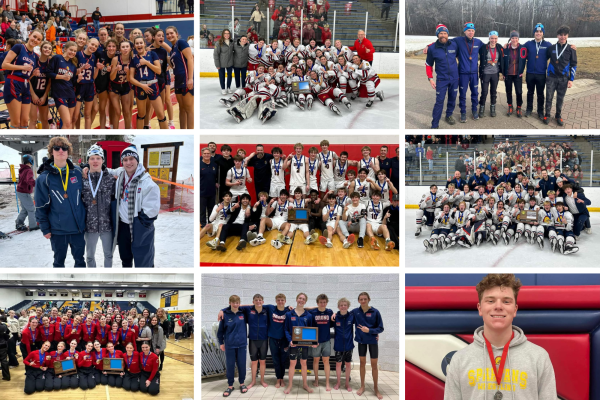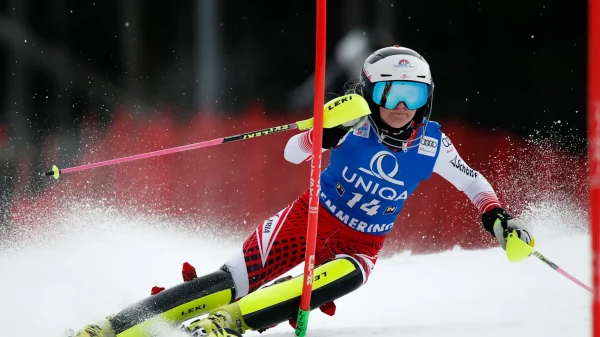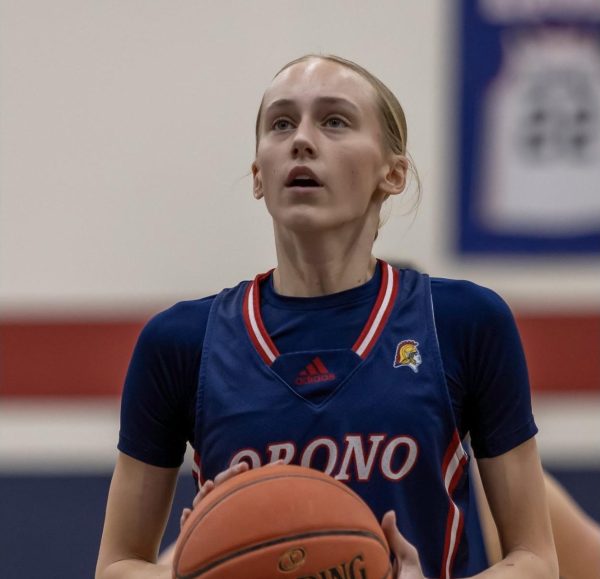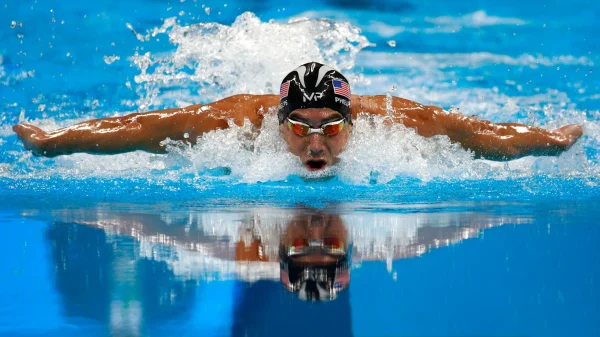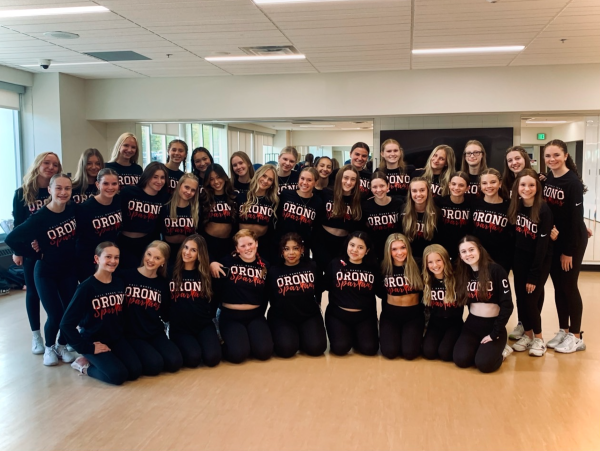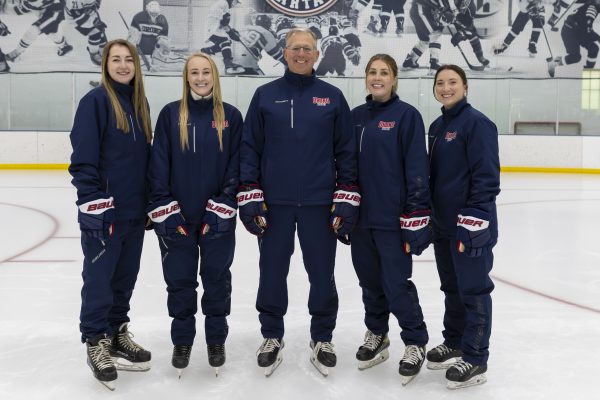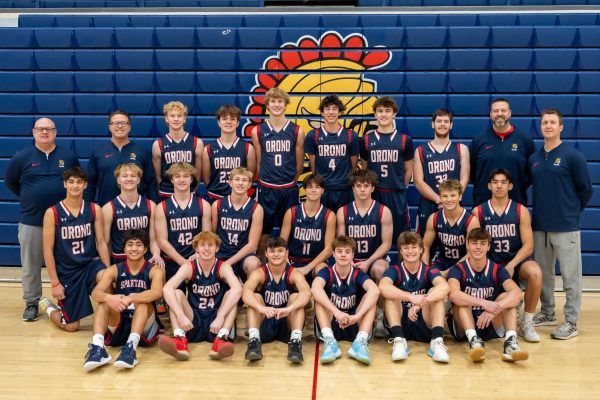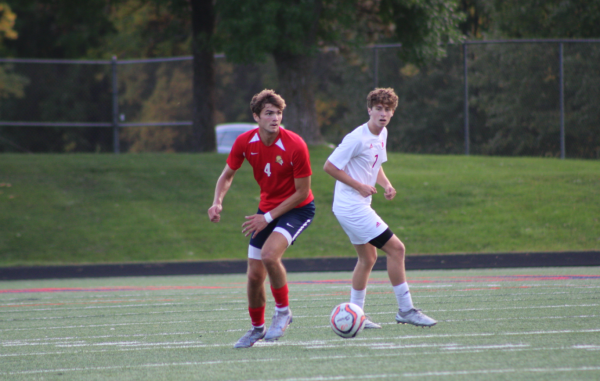To ski uphill or downhill
Nordic Skis laid out for the upcoming Ski-a-thon
February 11, 2020
Rae Malik
Online Layout Editor
This winter, skiing has gained momentum yet again, as the Nordic and Alpine teams have kicked off their season.
Nordic skiing, also referred to as cross country skiing, is skiing uphill. Nordic has a distinct method for skiing called step turning. In this method, the skis are positioned in V shape in order to maximize the area traveled. Alpine Skiing, also referred to as downhill skiing, is sliding down a hill or racecourse. To maximize their distance, Alpine skiers use a method called a carved turn in which the skis simply stay together and do not form a V shape.
“Nordic differs from Alpine because in Nordic you go uphill whereas in Alpine you have to take a chair lift to ski downhill,” senior Avalon Johnson said.
Interest in skiing, specifically Nordic skiing, has risen about 40% in the last seven years according to Outdoor Foundation.
One of the main causes of this rising interest is because of the low price. Nordic skiing is much cheaper than Alpine Skiing since renting Nordic equipment can cost less than $100.
“Practice helps you prepare for meets because just showing up to practice every day helps you become a better skier,” junior Mei Vickery said.
To pump up before races and meets, the Nordic team listens to a team playlist on their way to races or practice. The playlist consists of songs from different genres that range from “Flower” by Moby or the national anthem.
“During meets when we are not racing, the Alpine team sits in a circle around a campfire where we read and all talk to each other,” junior Seamus Hendrickson said.
Alpine skiers are fast-paced and Nordic is more easy-going. Downhill skiing focuses primarily on momentum, which can be difficult for beginners. Cross country skiing can often be easier for people just picking up the sport since it uses natural motions.
The Orono Alpine Team practices twice a week at Hyland Hills. Their season usually lasts from mid-November to mid-March. Orono Nordic Team practice at various locations ranging from Baker Park, Highland, or Elm Creek. The practice is every day after school at a varying location based on the amount of snow. If there is enough snow practice is held at Baker since there is no man-made snow.
“The Nordic team has practice every day after school and Saturday mornings at various places. But sometimes we have practice in the morning before school as well,” junior Braden Kavanaugh said.
Besides physically, athletes have to prepare themselves mentally through mental imagery. Over the years, mental imagery has become a common practice for skiers before races to help them succeed. Mental imagery, often referred to as visualization, is a training session for the brain since it combines the use of all four senses and vastly impacts your outlook on a race according to doctor Jim Taylor. Mental imagery also affects skiers physically just as much as psychologically. However, for mental imagery to be effective, skiers have to constantly practice it since they have to condition their brain.
Mental Imagery was evident in the 2014 Winter Olympics that were held in Sochi, Russia. Many skiers mentally prepared themselves before races by physically doing the motions and picturing their race in their heads according to an interview of Emily Cook by the New York Times.
In Nordic, there are two different types of techniques for skiing, skate and classic. Classic is similar to running whereas skating is similar to hockey skating. Therefore there are two different types of skis that correspond to each technique. In addition, there are two sets of poles that are based on the different techniques and boots that attach to skis.
“My favorite part about Nordic practice would be challenging myself by trying new things with the team and meeting new people,” senior Louise Rosenbaum said.
In classic races for Nordic, the team warms up on the racecourse and test their wax. In conference and section races, the team does two races a day. The outcome in the first race, that takes place in the morning, helps skiers come up with strategies for the second race, which takes in the afternoon.
“My favorite part about Nordic would be ski camp because we go to the Upper Peninsula in Michigan in this little cabin village and there’s just so many ski trails,” senior Grace Miner said.

